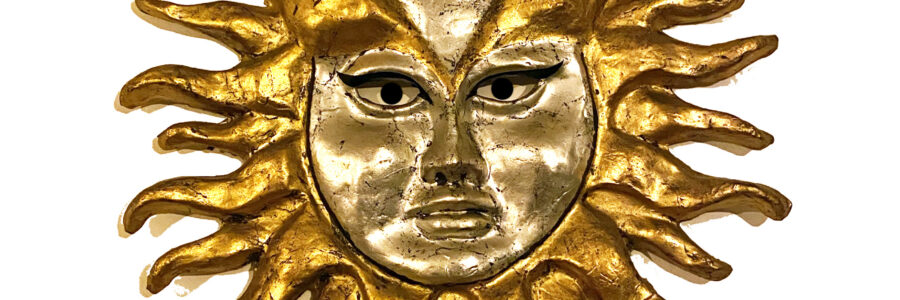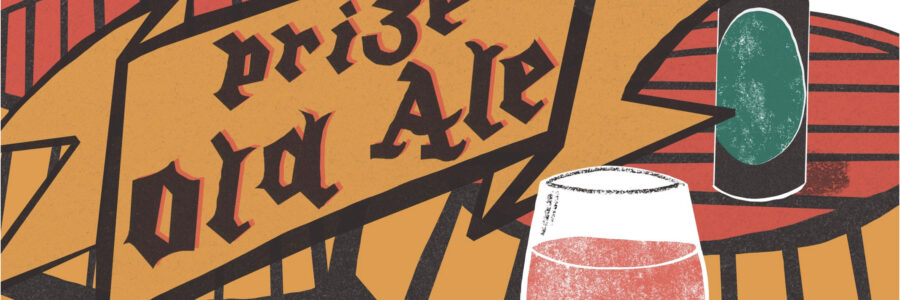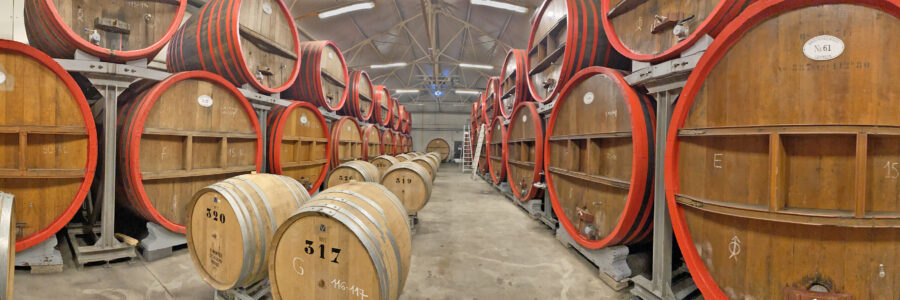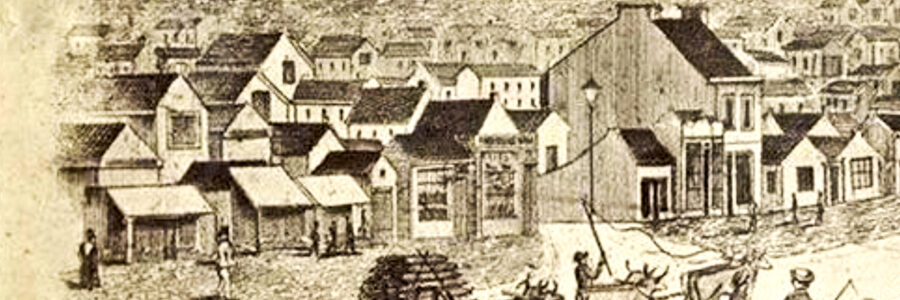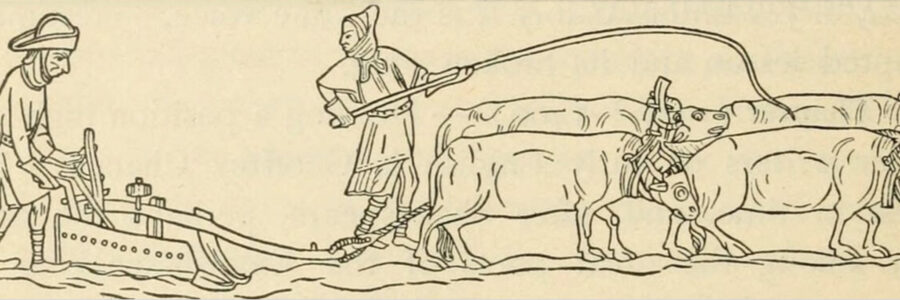How much beer did a 19th century farmer-brewer brew?
A fascinating pair of pieces of ephemera, these, because they tells us something about brewing and beer consumption in large households and by farmers, and give a clue as to why farmers who brewed sometimes became actual commercial brewers. The first is a 163-year-old bill for malt and hops from Samuel Wright of Walkern in… Read More How much beer did a 19th century farmer-brewer brew?



